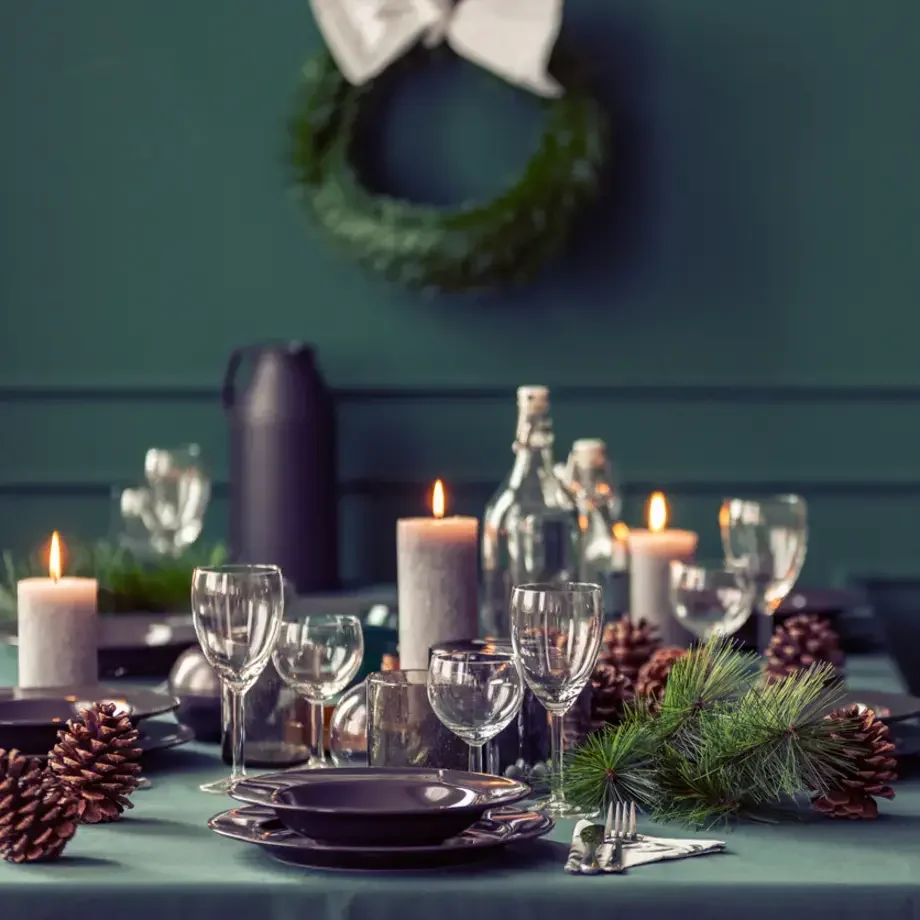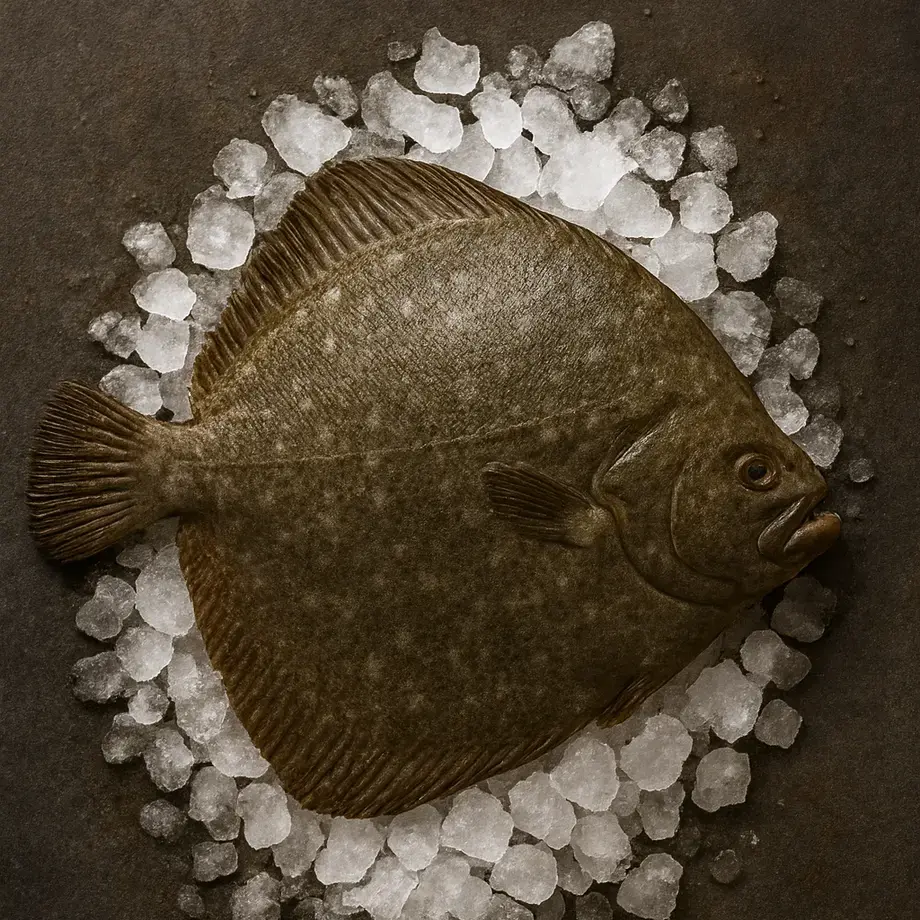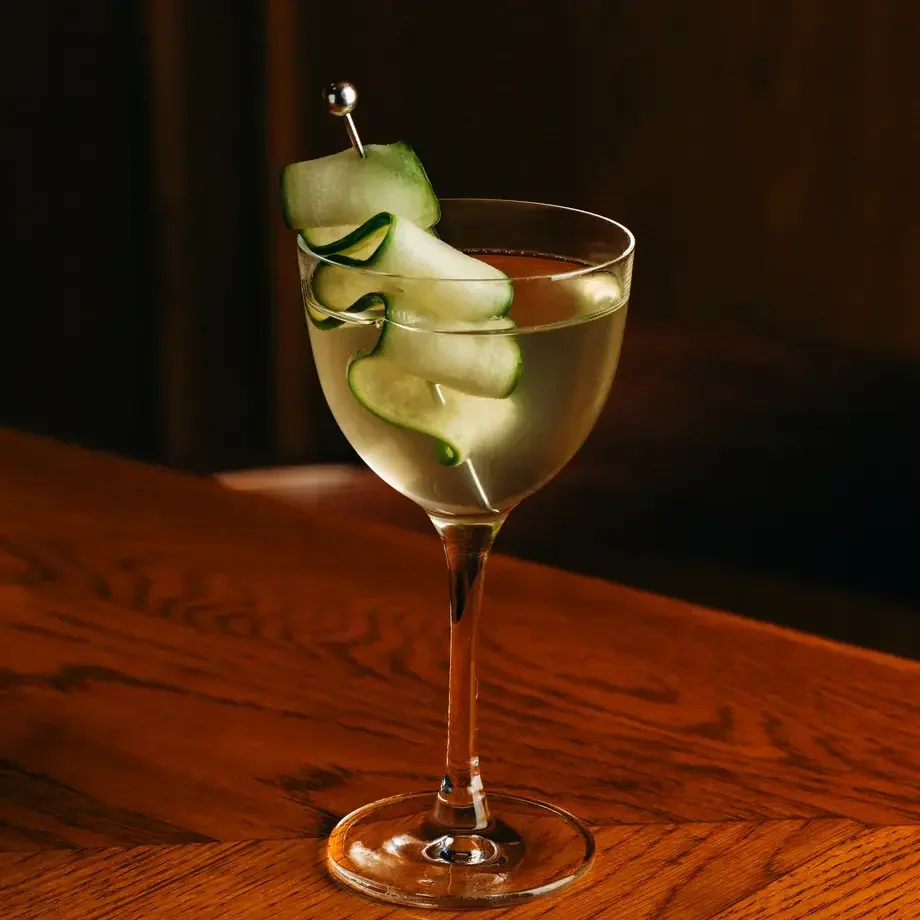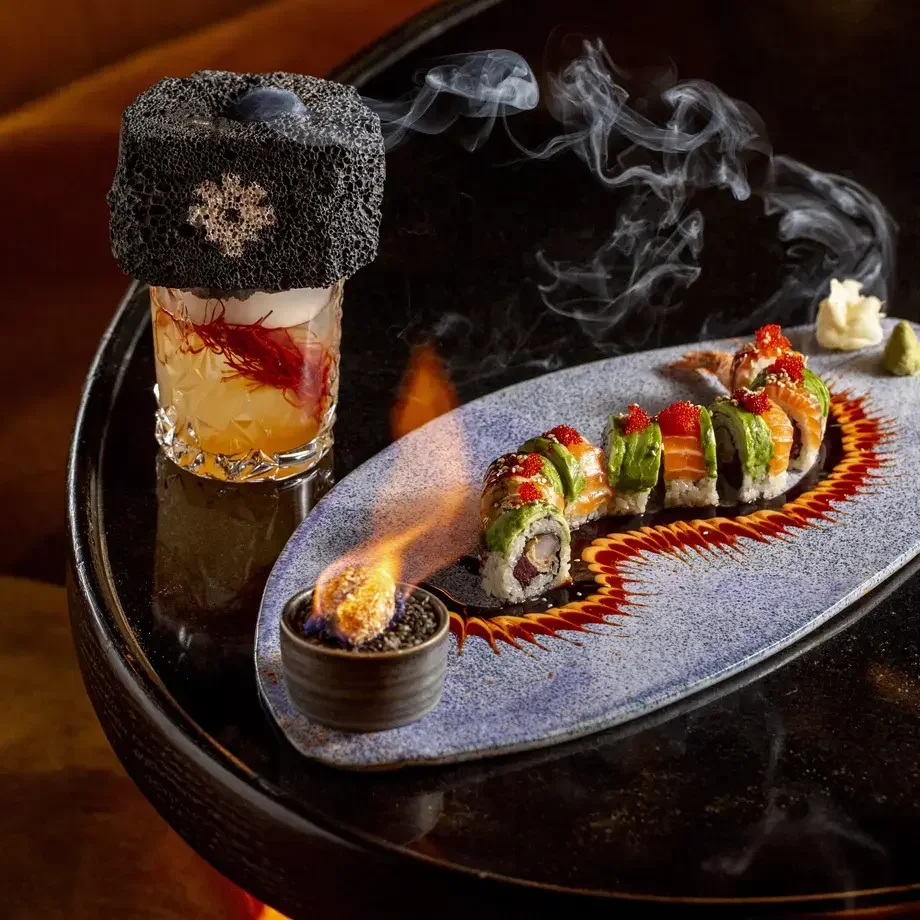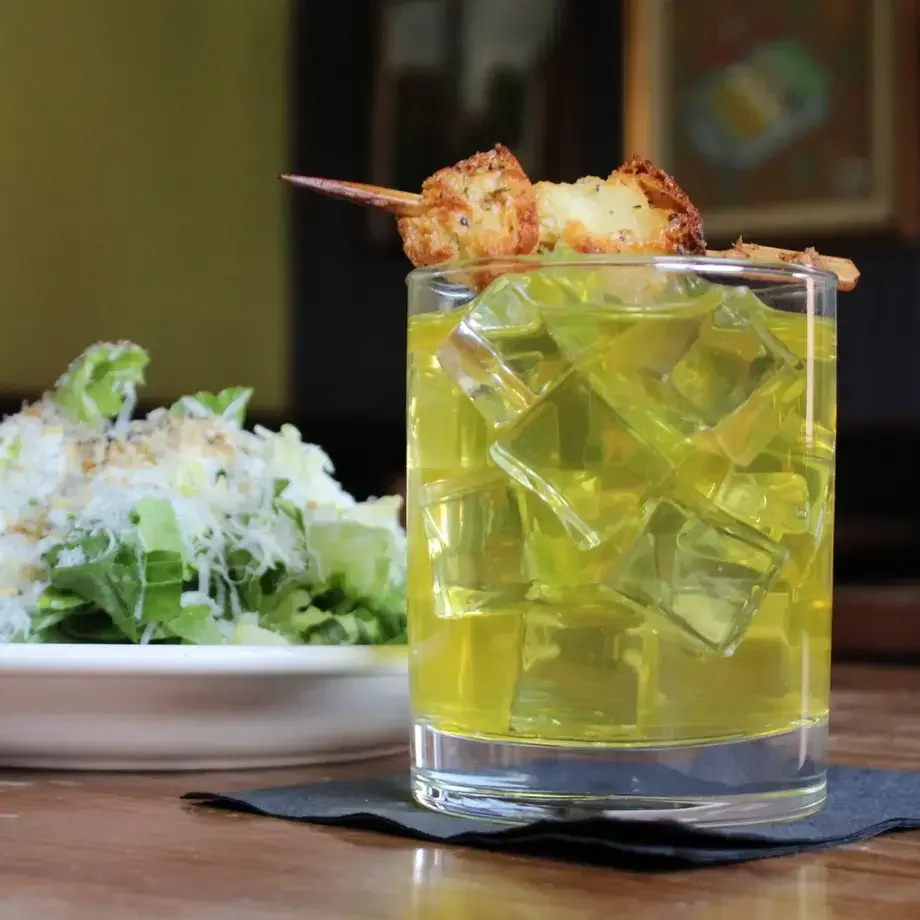A Dutch oven can be used both on the stove and in the oven, making it ideal for many recipes including stews. Learn what a Dutch oven is used for and get inspired with Dutch oven recipes in our easy-to-digest guide below.
History and Origin of the Dutch Oven
Despite its name, the Dutch oven actually has its origins in England. An Englishman, Abraham Darby, travelled to the Netherlands in the early 18th century, interested to find out more about the the Dutch process for creating cast cooking vessels, as the English were still using more primitive materials like clay. Inspired by the innovation found in the Netherlands, Darby returned to England, and produced a more economical material in cast iron, to create similar vessels to those observed in the Netherlands. The procedure was then patented under the name of the Dutch oven. Following their creation in England, Dutch ovens made their way across the pond to colonial settlements in America and they were even used in some of the expeditions to the West of America. In French culture, there exists a similar style item known as a cocotte. Though made with the same materials, and with the same principle of cooking in mind, a cocotte is commonly smaller than a Dutch oven and tends to be lighter.
Key Features and Benefits
A Dutch oven is characterized by its thick cast iron build and a tight-fitting lid. These features are designed to lock in moisture and ensure that heat is conveyed evenly throughout the dish for the tastiest result. The lid also creates a self-basting cycle in the Dutch oven, as it helps to create steamy conditions and preserve flavors. As such, the lid and even distribution of warmth through the walls makes Dutch ovens particularly well-suited to low and slow-cooked meals, like stews, soups, or sauces. It can be transferred directly from the stove to the oven, setting it apart from other kitchen cookware, as a multipurpose item to have in your kitchen arsenal.
Dutch ovens will typically be made with two large loop handles at either end of the pot, making this transition from stove to oven seamlessly easy. A final key feature of a Dutch oven is the enamel coating. This allows ease of browning for meat and makes it easier to clean and look after than traditional cast iron.
How to Use a Dutch Oven
Owing to the features of a Dutch oven, they’re best used for slow-cooked meals that require plenty of time simmering on the stove. What’s great about a Dutch oven is that you can get it really hot for searing meat and then turn down the heat and leave the ingredients to simmer and cook slowly as desired. You can either add a little oil directly to the pot before cooking the meat, or rub it into the meat before adding it into the Dutch oven.
For soup, you’ll want to make the most out of the tightly fitted lid that comes with a Dutch oven. Keep it completely covered for the most delicious results and take care when removing the lid as the metal handle can get very hot when left on the pot for a while. The lid is also designed for trapping moisture when you want to transfer it to the oven for cooking.
You can actually use your Dutch oven to serve food directly to your guests and they work especially well for this as they keep the dish warm for a long time. However, you’ll need to warn your guests that the pan is very hot and take care to place it on a heatproof mat on your table. Dutch ovens don’t fare well in dishwashers, so once you’ve finished cooking, make sure you take the time to clean it by hand.
Popular Recipes to Try
When cooking with a Dutch oven you want to think low and slow. In the wintertime, you can’t go wrong with a classic beef stew, soup, or braised beef, in your Dutch oven. Beef cooks to perfection in Dutch ovens, and you can leave it to simmer for as long as needed. One-pot dishes of course are ideal for Dutch ovens, like pasta and risotto. It might also surprise you to know that you can bake the fluffiest loaf of bread in a Dutch oven. The enclosed pot traps steam, creating a desirable crispy crust with a soft, fluffy interior, owing to the moist baking conditions. Lastly, you can even use your Dutch oven to roast an entire chicken.


